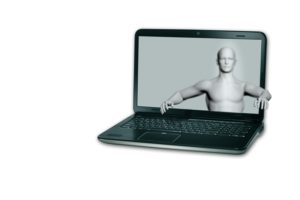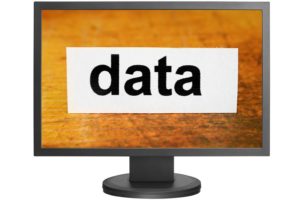Big Data and visualization tools are useful in tackling urban planning and mobility
The EU-backed research does shed light on the extent of Big Data that make use of within public sector organizations. The findings will indeed contribute to the development of a framework for sustainable policy decisions.
It is indeed acknowledged that the analysis of large amounts of data, Big Data, could indeed provide considerable insight and opportunities for addressing various societal challenges from health to security to transport. Yet, its full potential does remain untapped, particularly in public sector decision-making. The EU-funded PoliVisu project does aim to address this by evolving the traditional public policymaking cycle.
In fact, the PoliVisu project does enhance public involvement and also support in urban policy making, by equipping decision makers with the skills as well as tools – from open (geo) data processing to advanced visualizations to make use of big data for collaborative policy experimentation. In order to start developing a structure for making use of such data within current policymaking cycles, PoliVisu has been conducting a survey. The purpose for this was aimed at mapping public sector data literacy all across Europe. It covered local governments and regional authorities.
Big data is indeed perceived positively. The majority of respondents do make use of it at the level of individual units or departments. At the same time, the wider application across different areas of policy-making does appear to be limited.
The lack of long-term big data strategy does help and the focus is on quality, privacy and confidentiality, dedicated training programs and organizational-wide awareness of how exactly big data can indeed help in different areas. Volume has been rated as the most important aspect of Big Data, followed by variety and process.
The ongoing PoliVisu (Policy Development based on Advanced Geospatial Data Analytics and Visualisation) project has been in operation within three cities in order to address problems linked to smart mobility and urban planning. Making use of useful tools of PoliVisu, cities will indeed test a variety of policy hypotheses with stakeholders thus making use of local data sets. These do include road sensor data on traffic flows, historical accident data, and traffic light data and of course pedestrian data to visually simulate potential impacts.
Pilot sites
PoliVisu does hope to create an “easy to use visualization toolkit” in order to predict and follow in real time congestion on road segments. It will indeed help users to make the right decisions and also allow them to adopt more sustainable practices in order to reduce congestion. It is interesting to take note of the fact that policy visualization created by PoliVisu technology in Pilsen is the traffic intensity application. It does display the expected traffic situation in the city in 1-hour intervals.
The traffic volume information is much derived from the city’s traffic model and does take into account roadworks that are ongoing on the selected day. PoliVisu partners do believe that visualization does help policymakers to be able to plan better roadworks in the city.




